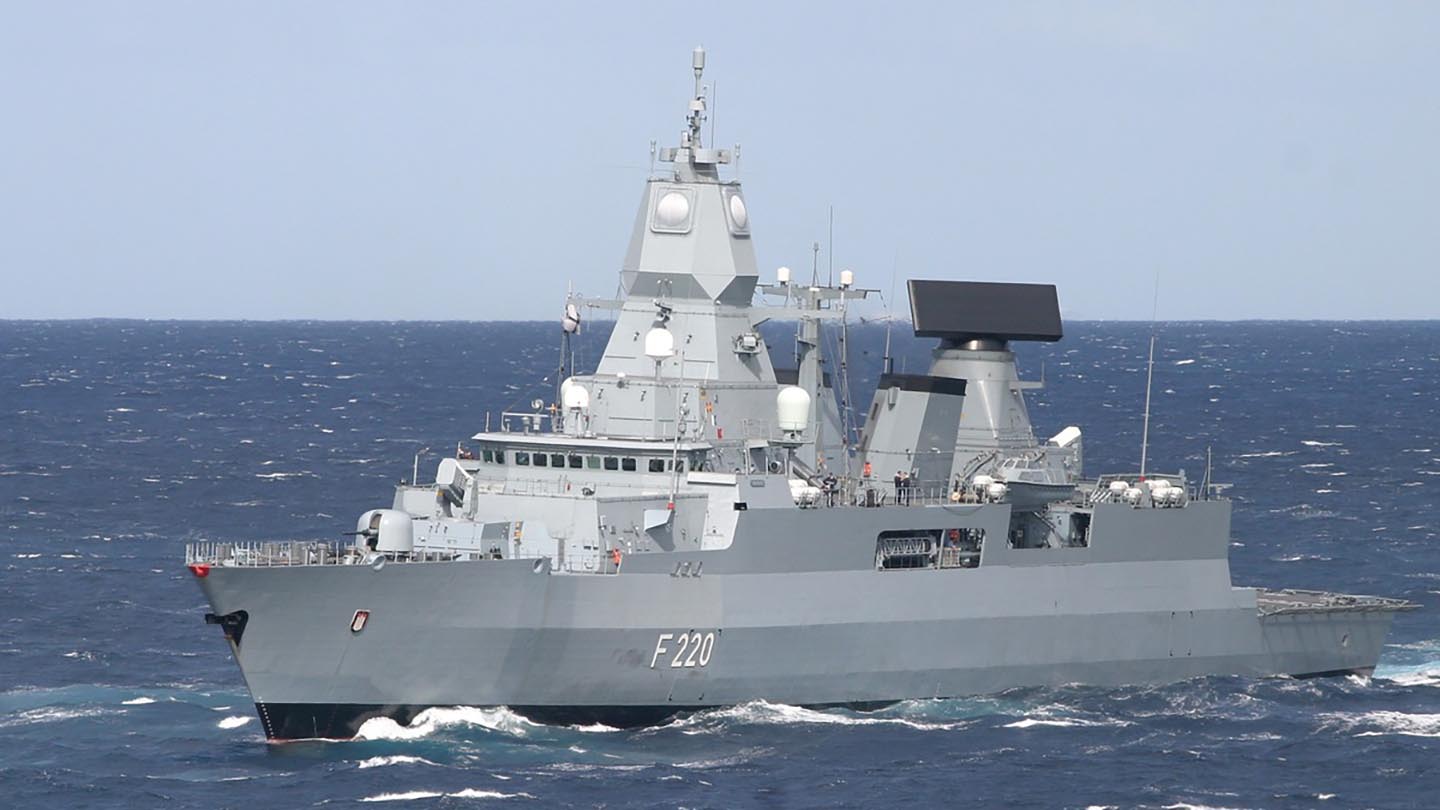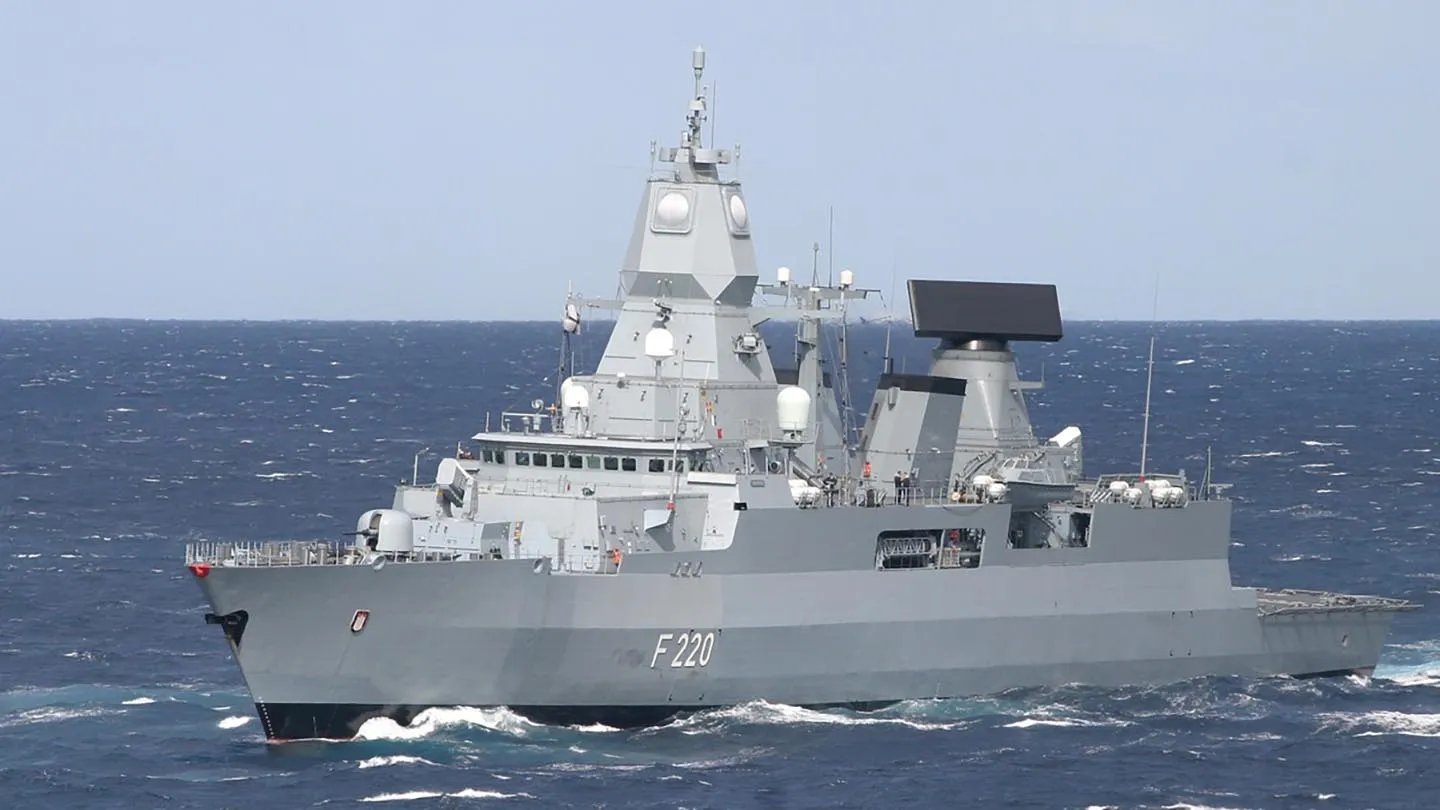
European nations are beefing up security in Copenhagen amid an ongoing wave of reported drone sightings in the Baltics and Scandinavia. The movement of counter-drone systems, advanced radars, a German frigate, a French helicopter and troops is designed to protect this week’s European Union meetings in the Danish capital.
The sightings, over military installations and civilian airports, have also prompted Denmark to close its airspace to civilian drones for a week starting today after the incursion forced it to shut down a half dozen airports last week. In Norway, authorities said flights had to be diverted on Sunday because of unknown drones over airports there.
While Denmark has called the drones part of a “hybrid attack,” officials there have stopped short of saying definitively who is responsible, Reuters noted. However, Prime Minister Mette Frederiksen has suggested it could be Moscow, calling Russia the primary “country that poses a threat to European security.” The Kremlin denies any involvement.
Regardless of who is behind these incursions, NATO is taking the potential threat from these drones seriously.
The Swedish government “has just decided to task the Swedish Armed Forces with supporting Denmark with military anti-drone capabilities in connection with this week’s summits in Copenhagen,” Swedish Prime Minister Ulf Kristersson said on X Monday morning. “Specifically, this involves a unit contribution with anti-drone capabilities, so-called Counter UAS. The unit will be led by the Danish Armed Forces and contribute to their support of the Danish police operation in connection with this week’s summits.”
In addition, Sweden will also “lend a handful of powerful radar systems to Denmark for a period of time,” Kristersson added. “Among the best radar systems in the world. This is Swedish engineering that we can be truly proud of. The radar systems were already sent yesterday.”
Asked by The War Zone for details about exactly what kinds of counter-drone and radar systems are being deployed to Copenhagen, the Swedish MoD declined to comment.
Germany has deployed the Sachsen class air defense frigate FGS Hamburg to Copenhagen, the Danish Defense Ministry (MoD) announced on Sunday.
“Here, the ship will contribute to strengthening Denmark’s surveillance of the airspace in connection with the upcoming EU summit in Copenhagen,” the ministry said in a statement. “The German frigate is part of NATO’s Baltic Sentry activity, which is intended to strengthen NATO’s presence along the alliance’s eastern flank.”
The Hamburg’s port call is part of a larger NATO effort to beef up Baltic Sentry in response to the drone incursions, the alliance told us Monday morning. The operation was stood up early this year in response to several instances of undersea cables being cut in suspected acts of sabotage and is now being expanded.
“FGS Hamburg (F220), assigned to NATO’s Standing Maritime Group 1, made a port call in Copenhagen yesterday and will support ongoing Baltic Sentry enhanced vigilance activities,” Cmdr. Arlo Abrahamson, a NATO spokesman, told The War Zone Monday morning. “The presence of FGS Hamburg operating near Denmark for Baltic Sentry sends a message of assurance and cohesion within the Alliance.”
“Following recent drone incidents in Denmark, NATO is conducting even more enhanced vigilance with new multi-domain assets in the Baltic Sea region, including Denmark, under Baltic Sentry,” Abrahamson added. “These assets include multiple intelligence, surveillance, and reconnaissance platforms and air-defense frigates. These actions demonstrate the flexibility and agility of this enhanced vigilance activity to broaden the mission beyond solely the protection of [critical underwater infrastructure] CUI. It is also a tangible example of Allies’ resolve to act decisively to protect and defend Allies.”
In addition to deploying the Hamburg, Germany is also providing Denmark with “counter-small Unmanned Aircraft Systems (C-sUAS) capabilities, which utilize detection systems that employ radar, optical and acoustic technologies,” The Associated Press noted.
France has deployed “35 personnel, a Fennec helicopter, and active counter-drone assets” to Denmark “in response to the recent upsurge in unidentified drone flights in Danish airspace,” the French Defense Ministry said in a statement, adding the drones were a “serious threat.”
Prior to the announcement of the asset deployments, the Danish military set up a XENTA-C counter-drone radar system at Copenhagen Airport, which you can see in the following video.
While these assets can detect and, in some cases, shoot down drones, it is unclear exactly how NATO officials will react should more UAVs be spotted. Abrahamson, the NATO spokesman, declined to comment on what rules of engagement the Hamburg is operating under, for instance.
As Europe bolsters the airspace over Copenhagen, Ukrainian President Volodymyr Zelensky called for a counter-drone “shield” to protect NATO skies.
“Ukraine proposes to Poland and all our partners to build a joint, fully reliable shield against Russian aerial threats,” Zelensky said Monday in an address to the Warsaw Security Forum delivered via video link. “This is possible. Ukraine can counter all kinds of Russian drones and missiles and if we act together in the region we will have enough weapons and production capacity.”
After more than a dozen Russian drones entered Polish airspace earlier this month, with some being shot down, Zelensky said that his troops and engineers would train their Polish counterparts on countering drones.
While NATO officials are reluctant to blame Russia directly, Zelensky on Sunday accused Moscow of using oil tankers to launch and control drones targeting European countries. The Ukrainian president cited intelligence reports as he called for tougher sanctions against Moscow’s energy trade.
The increasing concern about protecting NATO’s skies began after the aforementioned drone incursions into Poland and ramped up after a flight into Estonian airspace by three Russian MiG-31 Foxhound interceptors. The recent mystery drone sightings have ramped up the angst.
TWZ has long reported drone incursions over military assets and installations, as well as critical infrastructure, in the U.S. at a time when many doubted this was an issue. Situations like Langley Air Force Base in 2023, as well as Wright-Patterson Air Force Base, and Picatinny Arsenal, have thrust this issue into the mainstream. Drone sightings over European military bases and critical infrastructure have occurred sporadically over the years, some raising serious concerns. We broke the news on several over U.S. bases in England late last year, for instance. However, this is a problem that seems to be accelerating drastically in the wake of the Polish drone intrusions.
Then there was the hugely publicized rash of thousands of drone sightings late last year in the New Jersey area that sparked widespread panic. The vast majority of those cases, however, turned out to be mistaken identity, with only about 100 even deemed worthy of further investigation. It is unclear at this point how many sightings in Europe are also wrongly labeled as drones, but this appears to be the case in many of them. The chronic lack of domain awareness for these threats by federal and military forces only adds to this confusion.
Recently, we wrote about the creation of a quick reaction force (QRF) by U.S. Northern Command to help bases in the U.S. defend against drones. It is initially designed to be one team out of Peterson Space Force Base in Colorado. The concept, however, shows just how far behind the U.S. is when it comes to countering the threat from small drones because the QRF will take up to 24 hours after an initial incursion to arrive on scene. Similar lack of preparedness exists with America’s allies in Europe.
The scrambling to deploy a hodgepodge of owned and borrowed counter-drone assets to Copenhagen amid the current drone wave is further proof of this.
Contact the author: [email protected]
